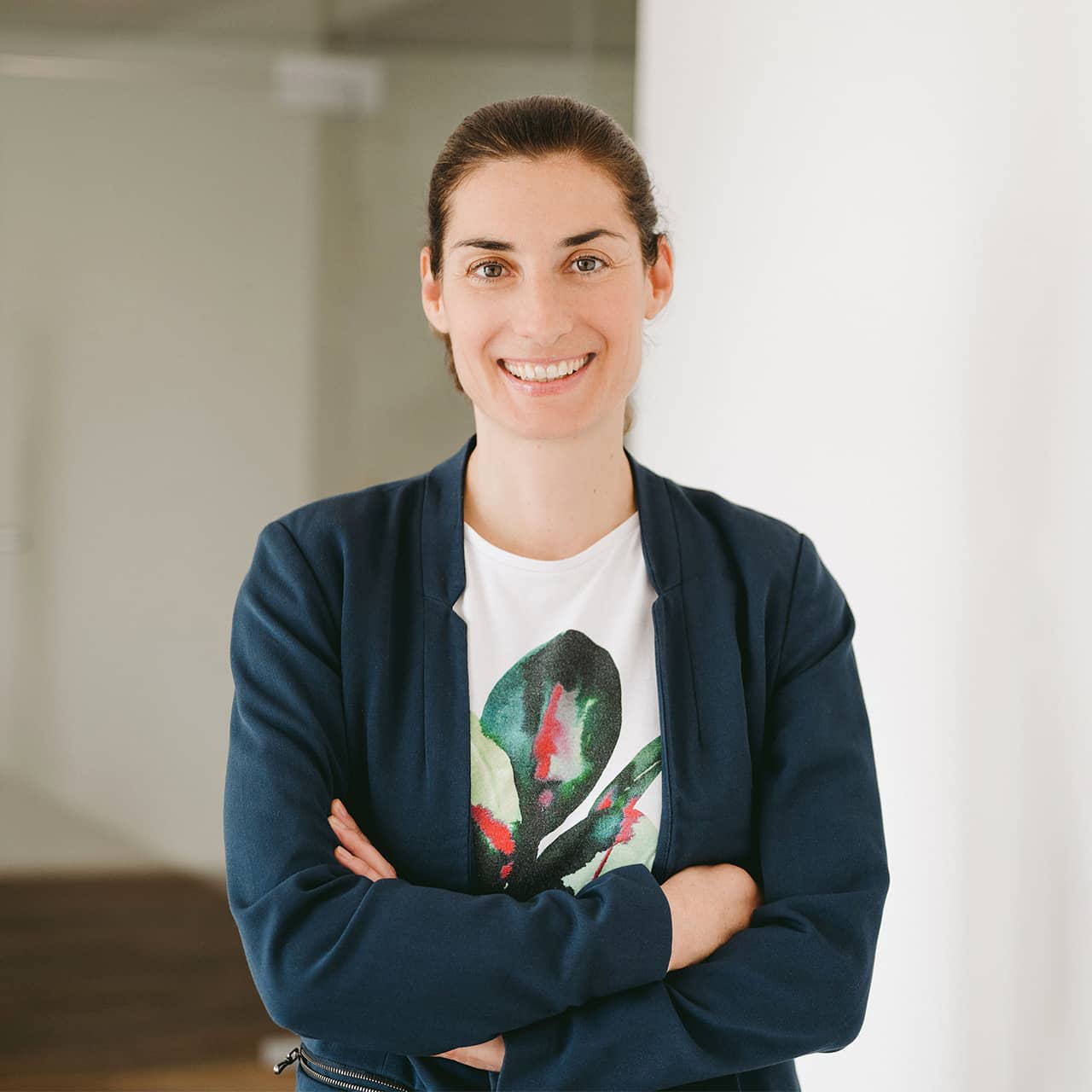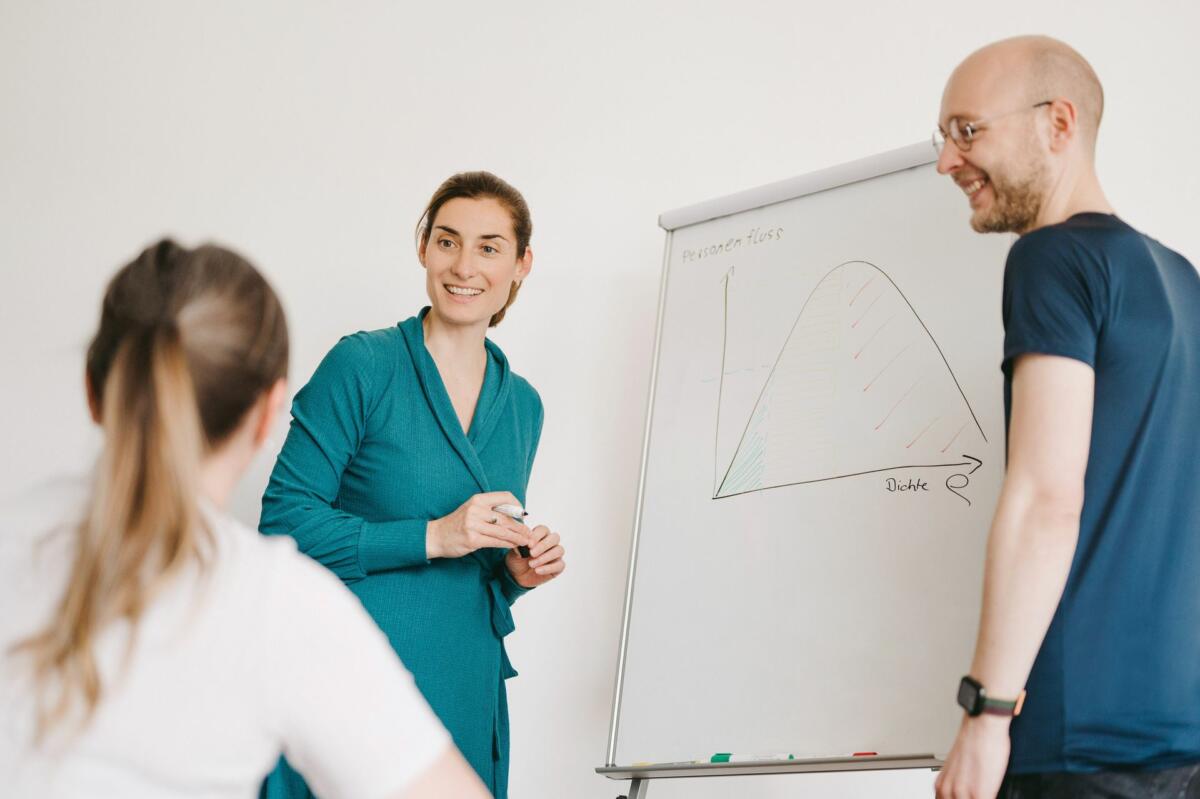
Our areas of research
Our various research projects reflect the wide range of applications for simulations. Our aim is to work on the further development of simulations and to incorporate the latest findings into our crowd:it software.
Building Information Modeling
Building Information Modeling (BIM) opens the door for many other technologies to be seamlessly integrated into the design process. In particular, simulation can enrich the BIM model and provide additional benefits. We are conducting extensive research in this area to develop an accepted and standardized approach.
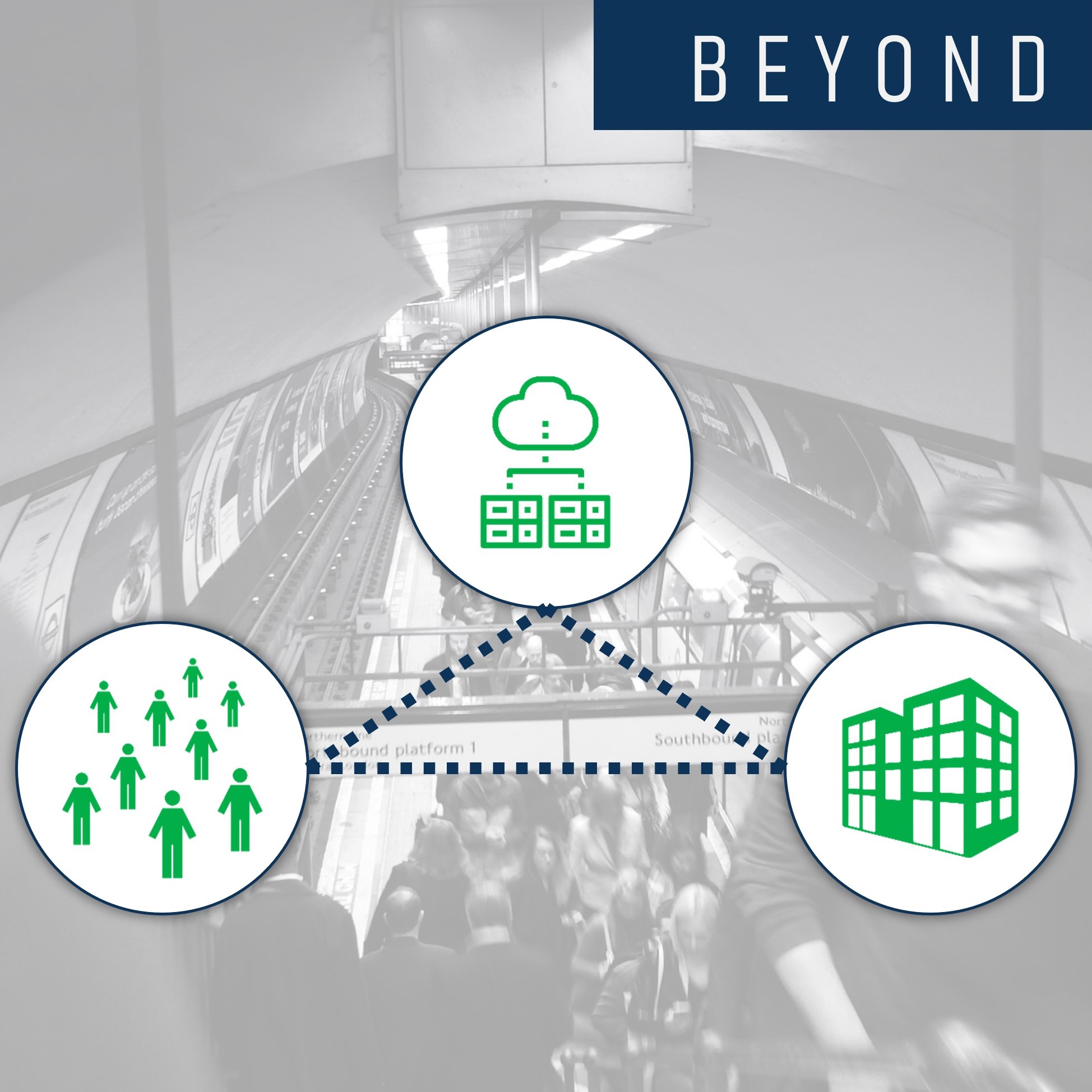
BEYOND
The BEYOND research project has been launched to improve the basis for decision-making in the early design phases: it aims to use new BIM-based solutions in combination with artificial intelligence (AI) methods and people flow simulation.
Read more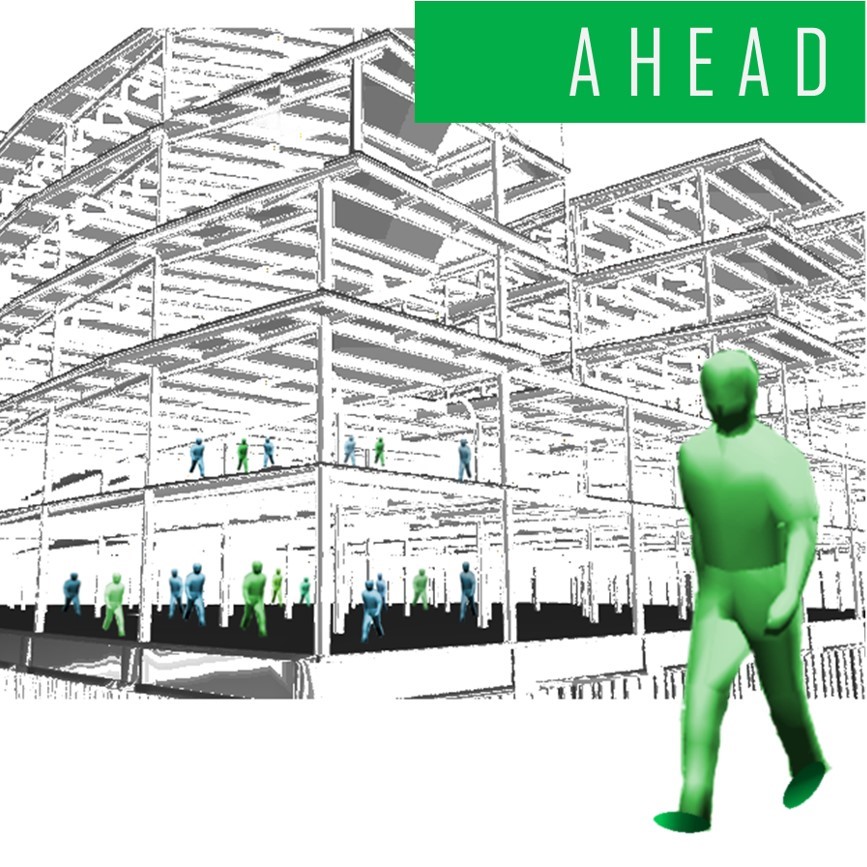
AHEAD
In AHEAD, BEYOND's predecessor project, we explored the integration of pedestrian flow simulation into Building Information Modeling (BIM) to establish it as a digital planning tool in the building lifecycle and make it more readily usable.
Read moreEvent Safety
The accident at the Love Parade in Duisburg in 2010 showed how important it is to consider safety at events. Even if one hundred percent safety can never be guaranteed, the residual risk can be significantly reduced with crowd flow simulations. This is why we have been working for years on various issues in this area, from multi-scalar simulation to live forecasting.

FreiburgRESIST
A dynamic, networked resilience management system is being developed in the city of Freiburg. The aim is to improve the planning of major events, evacuation in crisis situations, communication between the emergency services and dialogue with the public.
Read more
ESCAPE Pro
The goal of the ESCAPE PRO innovation project is to further develop the demonstrator developed in the ESCAPE research project in a user-oriented manner, so that the implementation of simulations can be integrated into police deployment planning.
Read more
ESCAPE
ESCAPE aims to contribute to the improvement of security at major events taking place in parallel. Macroscopic and microscopic simulation models will be combined and compared with real data in order to provide security authorities with comprehensive preparation for such particularly challenging situations.
Read more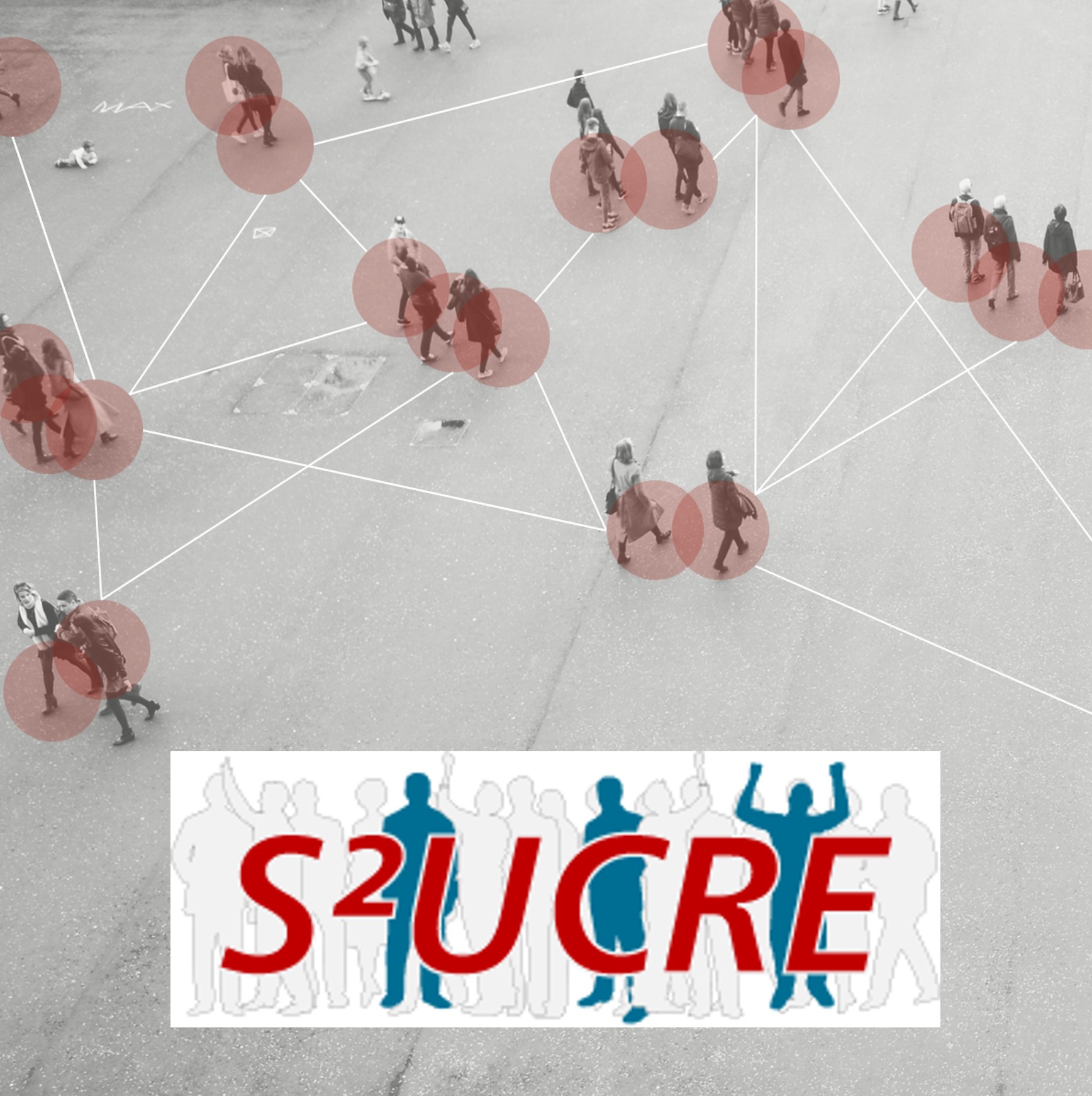
S2UCRE
The aim of the Franco-German research project is to explore new rescue and security technologies for mass events in complex, distributed and confusing environments. Legally compliant monitoring, analysis and simulation technologies will be explored.
Read morePandemic research
At the very beginning of the pandemic, it became clear that people flow simulations could be used not only to investigate high densities, e.g. at events, but also to analyze social distancing or the incidence of infection. We investigated this in two different projects.
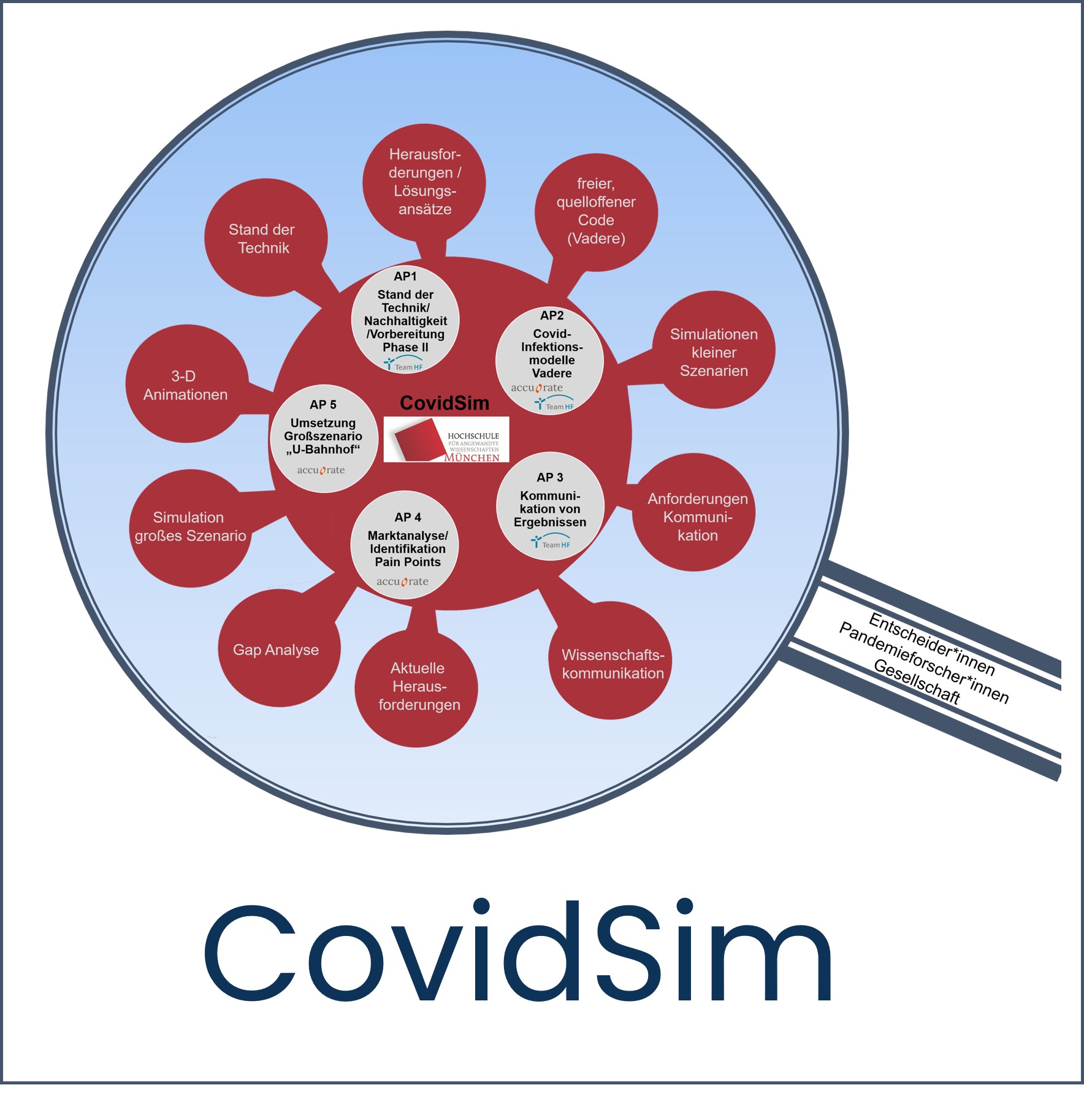
CovidSim
In order to prevent the spread of infection in system-relevant infrastructures, the simulation of pandemic outbreaks in CovidSim has been investigated on a microscopic level. This makes it possible to understand the processes of infection spread and to derive and clearly communicate reliable measures.
Read more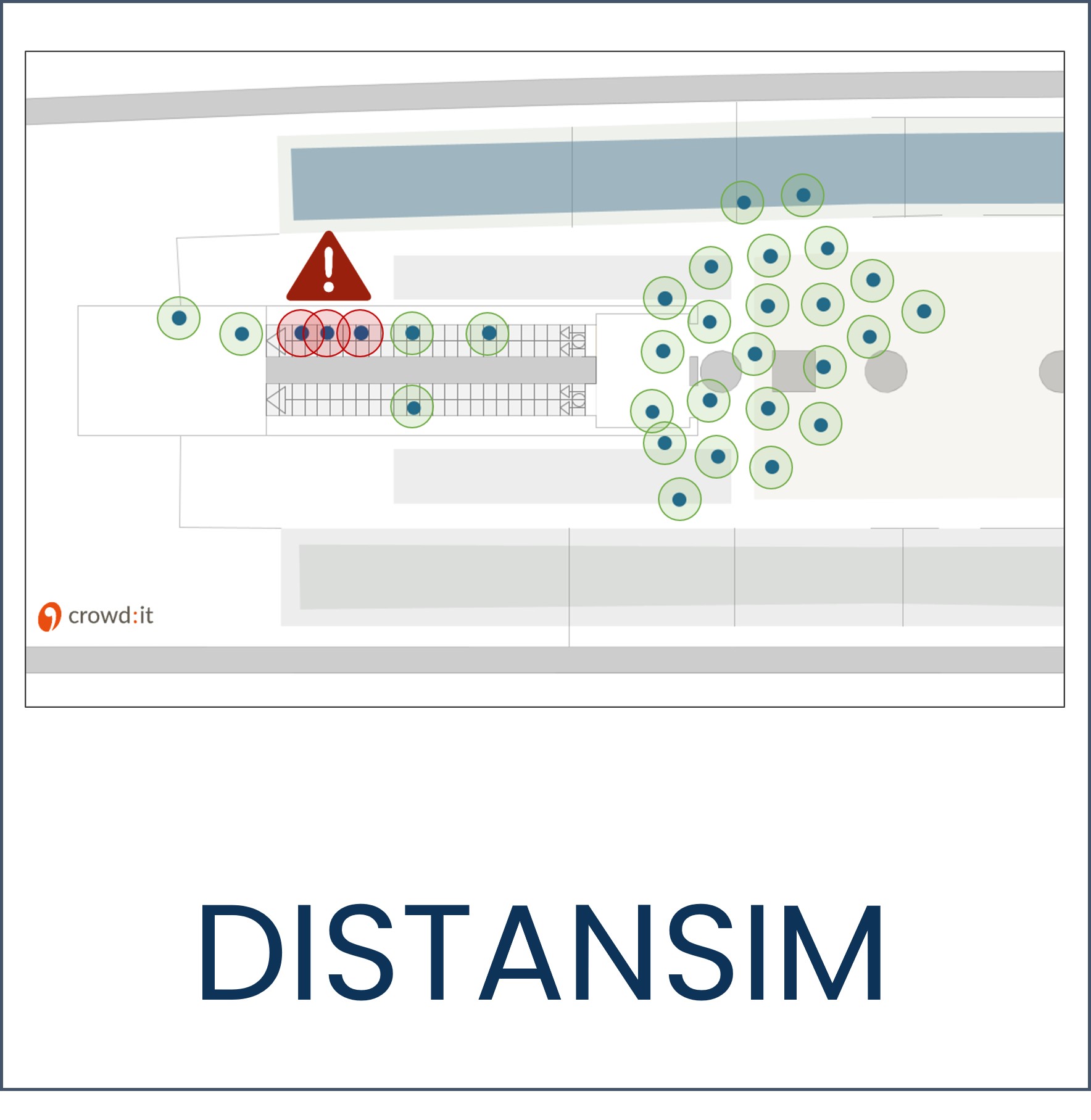
DISTANSIM
DISTANSIM has analyzed how distancing can be modeled in passenger flow simulations and how it can be included as a parameter in the simulator. This can be used, for example, to test how to further improve the implementation of social distancing policies at stations.
Read moreDo you have any questions?
We are happy to advise you.
Arrange a non-binding introductory appointment with one of our experts now.
We look forward to hearing from you!
Phone: +49 (0)89 - 215 538 69
Mail: info@accu-rate.de
